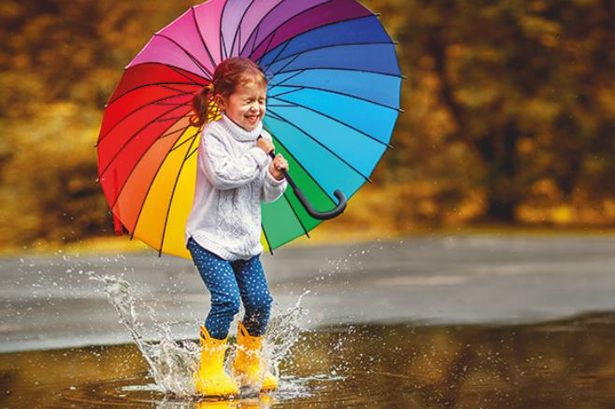
Shouldn't all shoes be waterproof?
Share
We all know how the weather can change so getting caught out in the rain some of the time is inevitable.
So why would a manufacturer produce footwear that isn't waterproof?
Well, It's all down to construction technique and like everything there are pro's and con's to each method.
Here are 3 of the most popular methods of shoe construction.
1) Stitched construction - The sole is stitched to the upper using heavy thread. This versatile method can be suited to both smart and casual shoes and is widely employed by Rieker shoes.
Pros:
- Ultra light weight
- Ultra flexible
- No period of breaking in required
- Lower cost
- Neat sole shapes and small heels can be created with this material
Cons:
- Water will slowly seep through the stitching where the sole joins the upper
- lower level of durability

2) Cemented construction - A traditional manufacturing method where a rubber sole is glued to the upper. This construction technique is suited to both smart and casual shoes and used extensively by Gabor.
Pros:
- Hard wearing
- High level of water resistance
- Neat sole shapes and taller heels can be created with this material
Cons:
- Moderately heavy
- Some time required to comfortably break in the shoes
- Often more expensive

3) Injection moulded - The leather upper is placed into a mould and a liquid poly-urethane foam is injected into the bottom to create a perfectly bonded and water tight seal. This method is best suited to casual shoes only.
Pro's
- Highest level's of water resistance
- Flexible and highly durable
- Modern manufacturing technique
- Light weight and little no breaking in required
Con's
- Bulky and clumpy looking styles
- Only flat shoes can be created no heels
- Suited to walking boots and casual styles

So there are reasons behind each manufacturing technique and lightweight stylish shoes just cant perform as well as their heavier cousins in wet weather.
However some good old fashioned shoe polish worked into the stitching and welts will greatly improve a shoes water resistance level.
For advice on shoe care and waterproofing leather our friendly staff are always happy to offer assistance.
